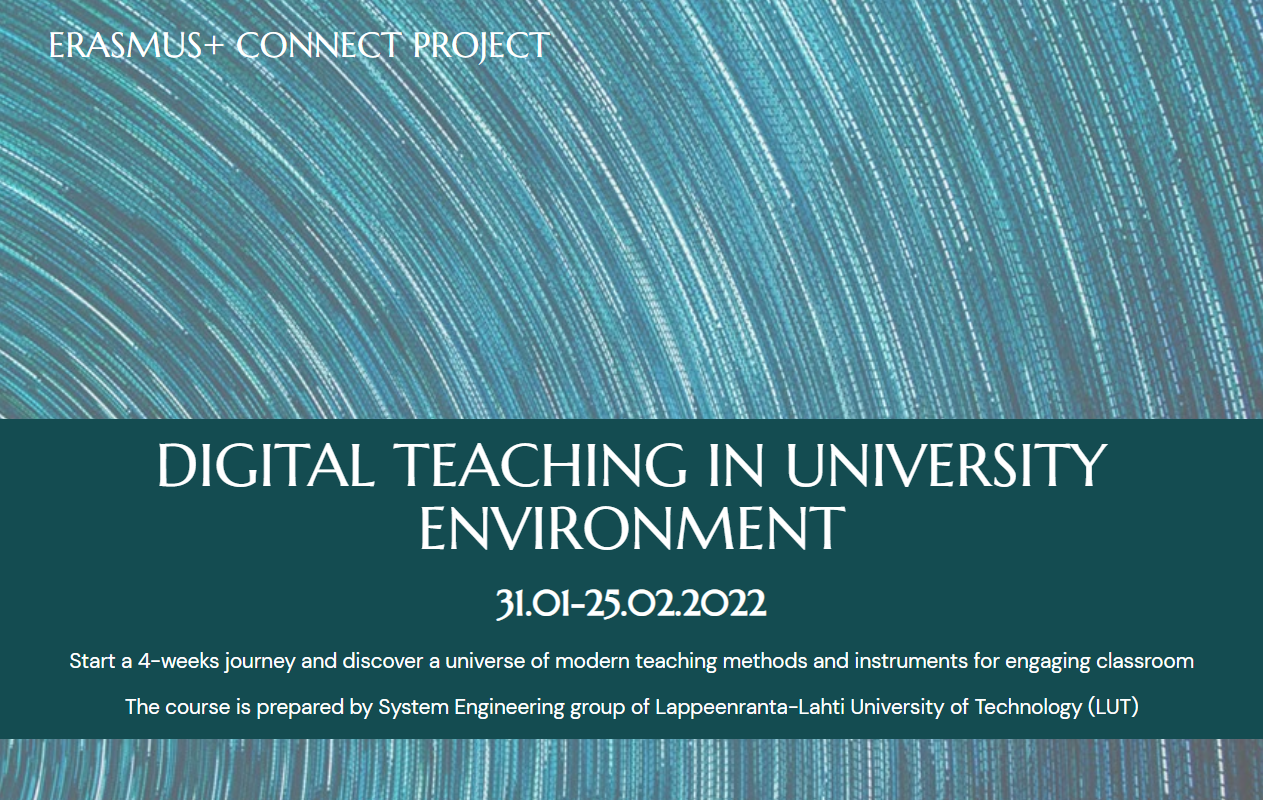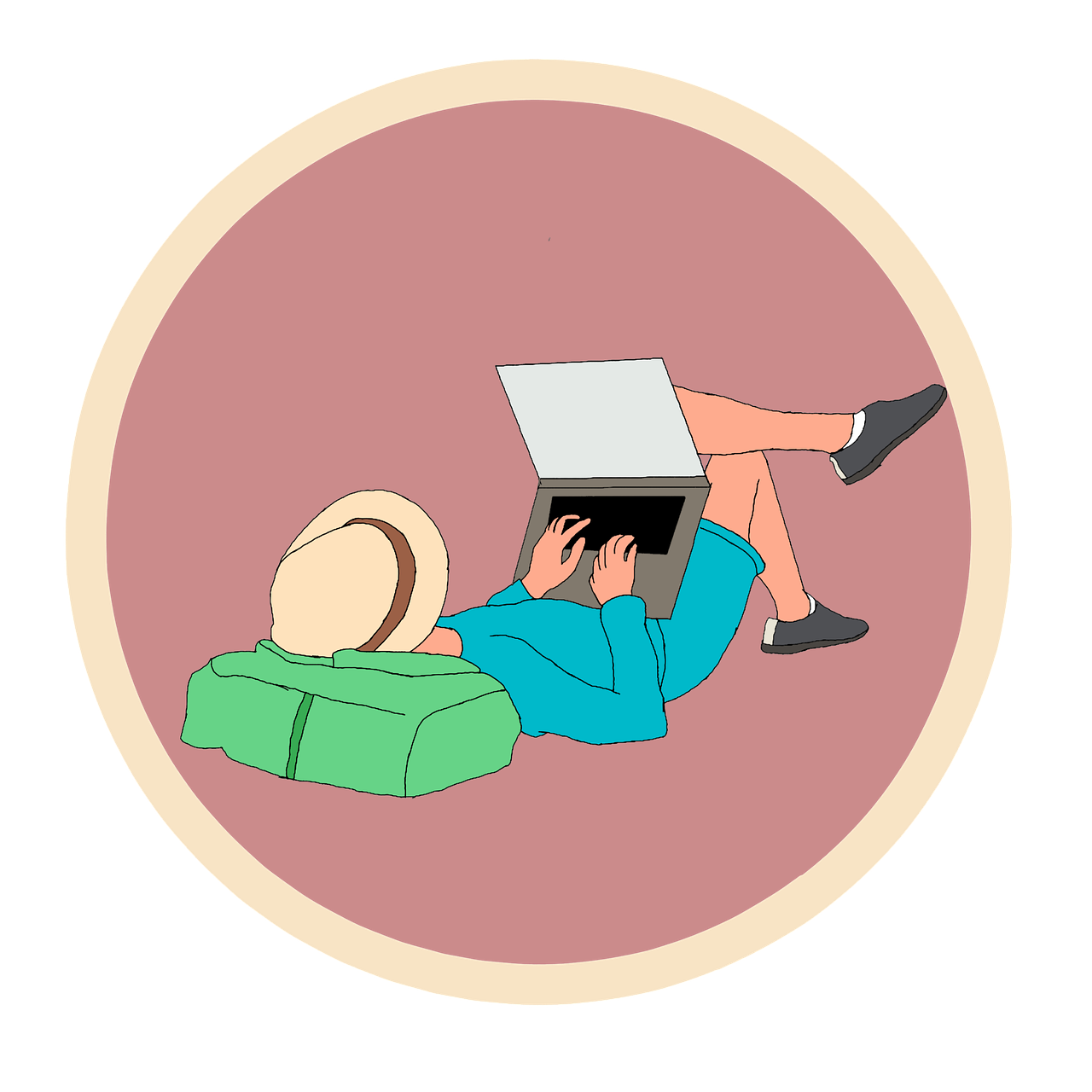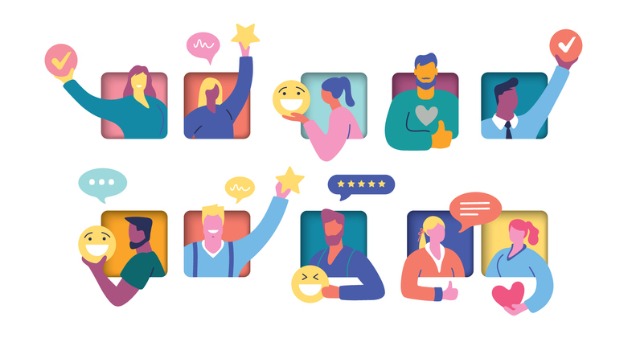
It is very interesting to see how different the world of online learning looks (in the broadest sense of the word) for members of our community. Someone has been writing scripts and typesetting slides for more than two decades, grinding out materials from tired “experts”. Someone believes only in hardcore - self-written complex simulators and simulators in VR. The guys from the infobusiness look into this world through “sales funnels”, “warm-ups” and “autowebinars”, and their typical content is a set of video lectures with homework and inserts of synchronous online classes.
If you think about it, today for the layman it is precisely this format that is associated with “online learning”, which is not surprising, given the explosive growth of the information business and “training EdTech”. Surprisingly, there is something else here - a biased attitude towards formats among the students themselves.
We often heard from representatives of the classical school of corporate training that “slide” online courses are “not training, but just scrolling and poking.” Even among online course developers, there is constant talk about the fact that “slide” courses are outdated. At the same time, both of them are very positive about the course from a set of simple videos with an expert.
How did it happen and what is the secret of the success of this format? Many can immediately say that the video affects two main channels of perception at once. True, if you ask course participants, they very often are precisely “listeners”, since usually nothing of value happens in the frame. The camera can also convey the speaker's charisma, if, of course, this charisma exists and the expert knows how to work for the camera.
There are two main reasons for this situation:
1. The seeming simplicity of producing such content - today, almost anyone can film themselves on the phone and make an “online course” out of it. But only a team of pros can make a good “slide” interactive course, and this is a time-consuming process.
2. This format of learning is accepted by students, as it corresponds to their basic ideas about the "learning" process. They see a living person who “teaches” them, and for the majority this is a decisive factor.
Many people are not impressed with looking at a person for hours if it is not a great actor or if there is no other useful picture in the frame. And people speak much more slowly than we read. The optimal format here is the ability to choose between text, video and audio, but you need to understand that a simple summary of a video lecture is not the same as a specially prepared good educational text.
Once upon a time, we liked courses where each lesson began with a very short video, where the author motivated and explained the key idea and value of this topic. Then there was a high-quality text with illustrations, diagrams and buildings. At that time, the courses lacked only synchronous activities and task checking to claim the title of ideal. Now, most successful courses are created in various formats, convenient for different target audiences, with the necessary tools. That's why:
Do not fall for stereotypes and look for your own recipes for quality education!
Comments (0)
Categories
Recent posts


Do you want to have a sea job? Just take ...
2022/05/25
WHAT ARE HUMANISTIC LEARNING STRATEGIES ...
2022/04/03
FREE TOOLS, FREE SUBSCRIPTIONS, AND FREE ...
2022/04/04
